Nov. 1, 2009; Wisdom of Sol 3:1-9; Psalm 24; Revelation 21:1-6a; John 11:32-44
Our history is a mixture of the Christian and the pagan. All Saints' Day, for example, falls on November 1 because the ancient Irish 
This world and the other world – when God becoming human is the prime example of how this world and the other world meet and mingle. We speak of the Body of Christ, and mean us, our flesh and blood bodies, in the here and now. The Body of Christ also includes all those Christians who have gone before – the Communion of Saints, which we remember vividly on today of all days, this day when we acknowledge just how close we are to the “other world” and to those who have gone before. Michael Ramsay, the late archbishop of Canterbury, put it this way:
"One consequence of the mystery of Christ is that Christian people don't stand -- so to say-- on the ground of the present moment, and view past generations, or their comrades in paradise, as people some distance away from them. No, we see the present moment more clearly and bravely because our stance is within the Communion of Saints. How closely, how lovingly, they are praying with us today."
I’ve heard another preacher call this day of All Saints a “family reunion:” the family of the body of Christ, the communion of saints, is brought together for feast and party. Our gospel today is the story of the ultimate family reunion, when Jesus brings Lazarus back to life, Lazarus, Jesus’ beloved friend, and the beloved brother of Mary and Martha. Putting the names of those we love but see no more on the altar helps us think of these “small s” saints along with the “Capital S” saints such as Peter, Paul, John, Mary, as part of our family – which includes noisy cousins and disagreeable aunts and bossy older sisters and tipsy grandfathers – as well as heroes, martyrs, teachers, prophets, leaders, soldiers, peacemakers and artists. Remember those you love, who are saints only to you, who have gone before.
Every day, every week, as we stand at the altar, they are around us. But on this All Saints Day, we remember particularly that the boundary between them and us is thin and permeable. On this day, they join their prayers with ours, and we know that the possibility of making this world to be the world God intended it to be – a world of justice, mercy and abundance – the world in service to which the saints gave their lives -- is a very real possibility indeed.


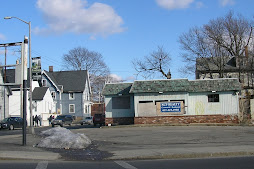.jpg)
.jpg)



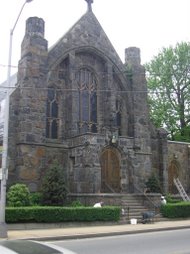
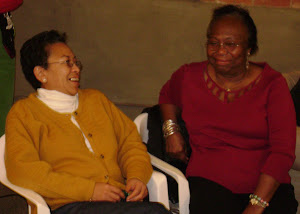
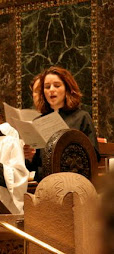
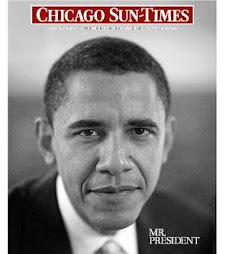
.jpg)

1 comment:
The communion of saints is one of my very favorite things to dwell upon. Thank you for writing so eloquently about it.
Post a Comment